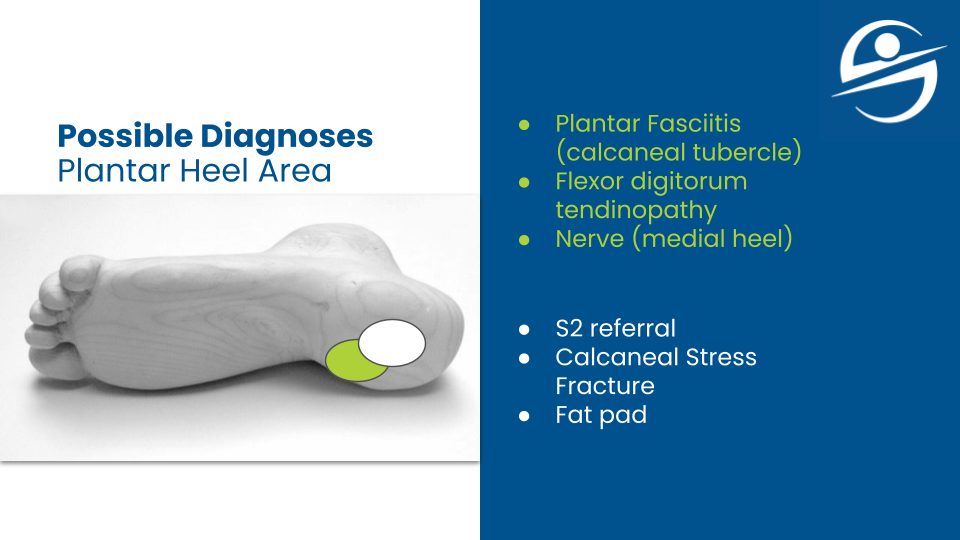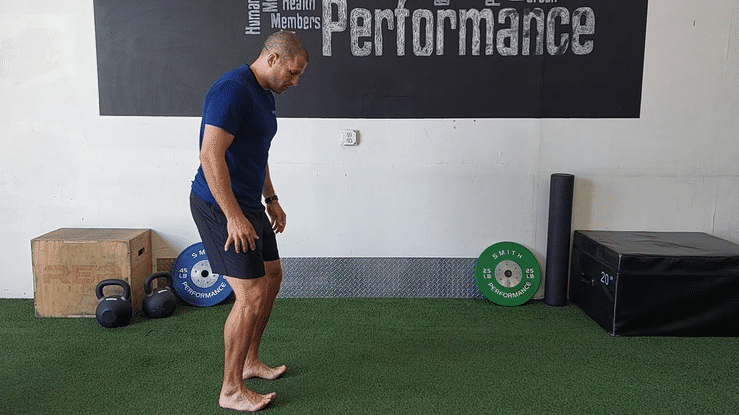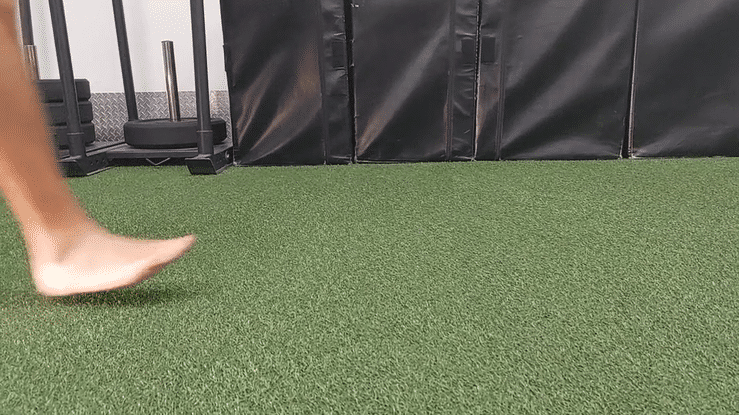A physical therapy band-aid for foot pain during running
Running-related injuries are commonly seen for physical therapy at Smith Performance Center. Unlike some of the advice, you may hear, stopping can prolong the problem. Rest does not automatically equal recovery or resolution of an injury. A nice tool to consider learning is the modified low dye. It can help to reduce foot and lower leg pain while allowing you to continue training.
Where is it from?
I learned about the modified low dye from Dr. Tom McPoil. He is faculty at Regis University and was previously faculty at Northern Arizona. He is an expert on the foot and wrote an article on tissue stress theory that still impacts my practice today. The purpose of the modified low dye in a physical therapy program is to limit stresses to the tissue of the lower leg and foot to allow desensitization. In a running program it can also keep you safe for those longer runs if you have a history of breaking down.
- Buy the tape from Amazon – leukotape and coverall
- Use a good pair of scissors
- If you are doing it alone, cut the tape before starting
- Put on the coverall (white tape) prior to the leukotape (brown tape)
- Go light on the tension the first time
- Wrap the tape around like a horseshoe
- Lock the tape in place, but not too tight
- If it is itchy or painful, take it off



